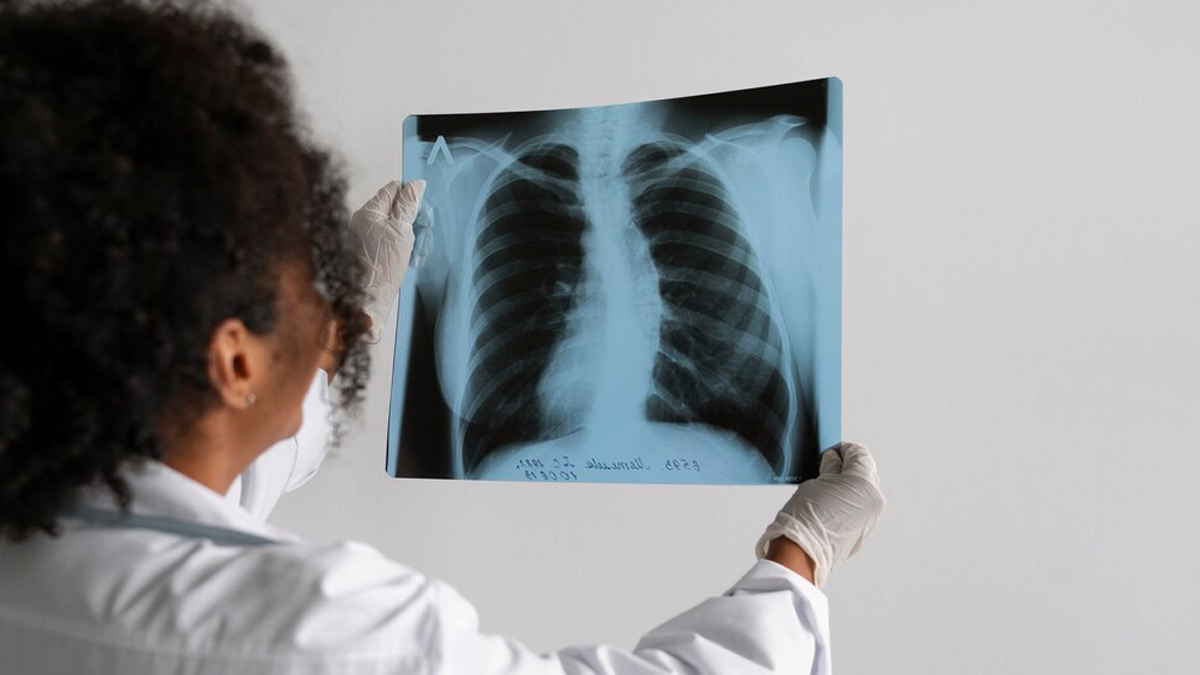
Lung cancer is often associated with smoking, and rightly so. It’s the leading cause of the disease. However, it's crucial to understand that smoking isn't the only culprit. A variety of other factors can significantly increase your risk of developing lung cancer.
Table of Content:-
The Silent Threat: Secondhand Smoke
While we often focus on the dangers of directly inhaling cigarette smoke, secondhand smoke is equally harmful. Exposure to secondhand smoke has been definitively linked to lung cancer. Living with a smoker or frequent smoky environments exposes you to a cocktail of harmful chemicals that can damage your lungs over time.
A study published in Translational Lung Cancer Research found that ‘Passive smoking contributes to about 16% of lung cancers in Chinese never smokers, but that this increases to 18% in females.’
Environmental Pollutants: A Hidden Danger
Our environment plays a significant role in our health, and lung cancer is no exception. Air pollution is a growing concern worldwide. According to Cancer Research UK, the tiny particles and harmful gases in polluted air can penetrate your lungs, causing inflammation and damage. Prolonged exposure to polluted air increases the risk of lung cancer, even in non-smokers.
Occupational Hazards: A Risky Business
Certain occupations expose individuals to substances known to cause lung cancer. Asbestos, a mineral once widely used in construction, is a prime example. Workers in industries such as mining, construction, and shipbuilding were often exposed to asbestos, which can lead to lung cancer and mesothelioma, a rare but aggressive form of cancer.
According to the World Health Organisation, other hazardous substances linked to lung cancer include:
- Radon: A colourless, odourless gas found in some homes and buildings.
- Arsenic: A chemical found in some pesticides and industrial processes.
- Chromium And Nickel: Metals used in various industrial applications.
- Diesel Exhaust: Produced by diesel engines, commonly found in heavy-duty vehicles.
Also Read: Why Is Lung Cancer Hitting Non-smoking Indians Earlier Than Westerners?

Genetics and Family History
While not entirely preventable, genetics can play a role in lung cancer risk. A family history of lung cancer, especially among multiple first-degree relatives, may indicate an increased genetic susceptibility. However, it’s essential to remember that genetics is just one piece of the puzzle. Lifestyle factors and environmental exposures also contribute significantly.
Other Risk Factors Of Lung Cancer
These following factors can also increase your chances of lung cancer:
- Age: The risk of lung cancer increases with age.
- Diet and Nutrition: A diet rich in fruits, vegetables, and whole grains may offer some protection against lung cancer.
- Physical Activity: Regular exercise can help reduce the risk of various cancers, including lung cancer.
Preventing Lung Cancer
While some risk factors are beyond our control, many are preventable. According to the American Cancer Society, here are some steps you can take to lower your lung cancer risk:
- Quit Smoking: This is the single most effective way to reduce your risk.
- Avoid Secondhand Smoke: Protect yourself and your loved ones from exposure.
- Improve Indoor Air Quality: Ensure proper ventilation and consider using air purifiers.
- Be Aware Of Occupational Hazards: Take precautions at work if exposed to harmful substances.
- Maintain A Healthy Lifestyle: Eat a balanced diet, exercise regularly, and manage stress.
- Regular Check-Ups: Early detection is crucial. Consult your doctor for screening guidelines.
Also Read: No One Thought A Non-Smoker Like Me Could Have Lung Cancer: A Doctor On Battling ALK Lung Cancer

By understanding the various risk factors for lung cancer and taking proactive steps, you can significantly improve your chances of staying healthy.
Disclaimer: This blog post is intended for informational purposes only and does not constitute medical advice. Please consult with a healthcare professional for personalised guidance.
Also watch this video
How we keep this article up to date:
We work with experts and keep a close eye on the latest in health and wellness. Whenever there is a new research or helpful information, we update our articles with accurate and useful advice.
Current Version